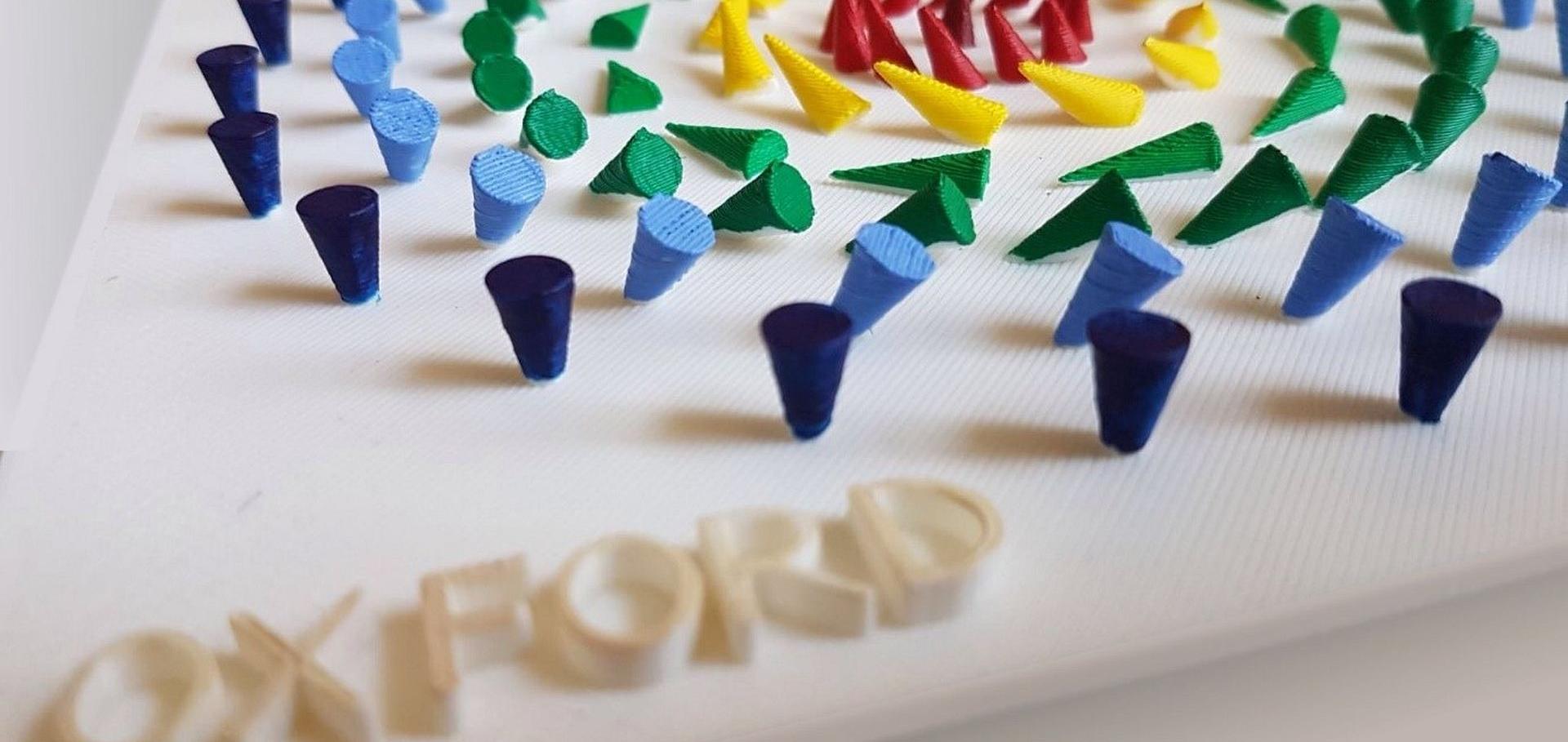Materials for quantum technologies: A roadmap for spin and topology
Applied Physics Reviews AIP Publishing 12:4 (2025) 41328
Abstract:
<jats:p>In this perspective article, we explore some of the promising spin and topology material platforms (e.g., spins in semiconductors and superconductors, skyrmionic, topological, and two-dimensional materials) being developed for such quantum components as qubits, superconducting memories, sensing, and metrological standards, and discuss their figures of merit. Spin- and topology-related quantum phenomena have several advantages, including high coherence time, topological protection and stability, low error rate, relative ease of engineering and control, and simple initiation and readout. However, the relevant technologies are at different stages of research and development, and here, we discuss their state-of-the-art, potential applications, challenges, and solutions.</jats:p>Microscopic observation of nonergodic states in two-dimensional nontopological bubble lattices
Physical Review B American Physical Society (APS) 112:21 (2025) 214424
Abstract:
Disordered two-dimensional (2D) lattices, including hexatic and various glassy states, are observed in a wide range of 2D systems including colloidal nanoparticle assemblies and fluxon lattices. Their disordered nature determines the stability and mobility of these systems, as well as their response to the external stimuli. Here we report on the controlled creation and characterization of a disordered 2D lattice of nontopological magnetic bubbles in the noncentrosymmetric ferrimagnetic alloy Mn1.4PtSn. By analyzing the type and frequency of fundamental lattice defects, such as dislocations, the orientational correlation, as well as the induced motion of the lattice in an external field, a nonergodic glassy state, stabilized by directional application of an external field, is revealed.Structural and Magnetic Properties of Sputtered Chromium-Doped Sb2Te3 Thin Films
Crystals MDPI 15:10 (2025) 896-896
Abstract:
Magnetron sputtering offers a scalable route to magnetic topological insulators (MTIs) based on Cr-doped Sb2Te3. We combine a range of X-ray diffraction (XRD), reciprocal-space mapping (RSM), scanning transmission electron microscopy (STEM), scanning TEM-energy-dispersive X-ray spectroscopy (STEM-EDS), and X-ray absorption spectroscopy, and X-ray magnetic circular dichroism (XAS/XMCD) techniques to study the structure and magnetism of Cr-doped Sb2Te3 films. Symmetric θ-2θ XRD and RSM establish a solubility window. Layered tetradymite order persists up to ∼10 at.-% Cr, while higher doping yields CrTe/Cr2Te3 secondary phases. STEM reveals nanocrystalline layered stacking at low Cr and loss of long-range layering at higher Cr concentrations, consistent with XRD/RSM. Magnetometry on a 6% film shows soft ferromagnetism at 5 K. XAS and XMCD at the Cr L2,3 edges exhibits a depth dependence: total electron yield (TE; surface sensitive) shows both nominal Cr2+ and Cr3+, whereas fluorescence yield (FY; bulk sensitive) shows a much higher Cr2+ weight. Sum rules applied to TEY give mL=(0.20±0.04) μB/Cr, and mS=(1.6±0.2) μB/Cr, whereby we note that the applied maximum field (3 T) likely underestimates mS. These results define a practical growth window and outline key parameters for MTI films.Stabilization and Observation of Large-Area Ferromagnetic Bimeron Lattice
Physical Review Letters American Physical Society (APS) 135:11 (2025) 116703-116703
Abstract:
Symmetry engineering is an effective approach for generating emergent phases and quantum phenomena. In magnetic systems, the Dzyaloshinskii-Moriya (DM) interaction is essential for stabilizing chiral spin textures. The symmetry manipulation of DM vectors, described in three dimensions, could provide a strategy toward creating abundant topologically magnetic phases. Here, we have achieved breaking the rotational and mirror symmetries of the three-dimensional DM vectors in a strongly correlated ferromagnet, which were directly measured through the nonreciprocal spin-wave propagations in both in-plane and out-of-plane magnetic field geometries. Combining cryogenic magnetic force microscopy and micromagnetic simulations, we discover a bimeron phase that emerges between the spin spiral and skyrmion phases under an applied magnetic field. Such an artificially manipulated DM interaction is shown to play a critical role in the formation and evolution of the large-area bimeron lattice, a phenomenon that could be realized across a broad range of materials. Our findings demonstrate that symmetry engineering of the DM vectors can be practically achieved through epitaxial strain, paving the way for the creation of diverse spin topologies and the exploration of their emergent functionalities.Sputter‐Grown MnBi 2 Te 4 Thin Films: Magnetic Ground States and Phase Control
physica status solidi - Rapid Research Letters Wiley (2025) 2500329


